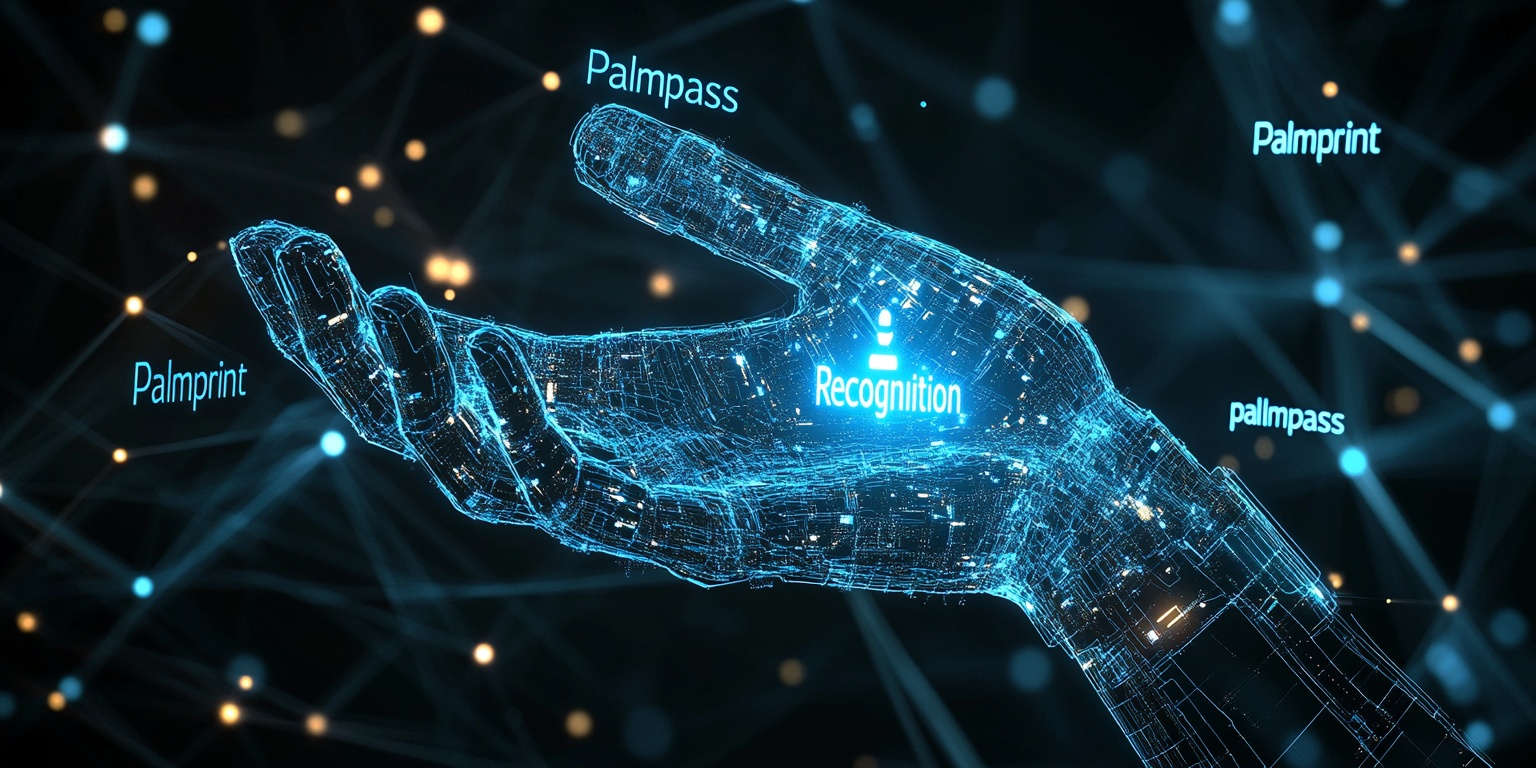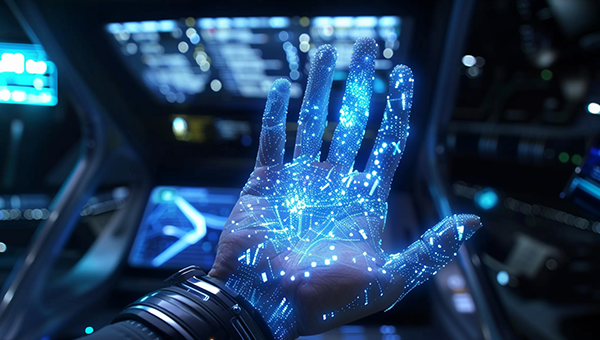Understanding Palmprint Recognition and Palm Vein Technology with Palmpass
Explore how Palmpass leverages palmprint recognition and palm vein scanning for secure biometric authentication, and understand the advantages of these technologies over traditional methods.
Biometric security has evolved significantly over the past decade, with various technologies like fingerprint recognition, facial recognition, and even palmprint recognition emerging as reliable solutions. Among these, palmprint recognition stands out due to its accuracy, security, and convenience. However, a lesser-known but equally robust technology is palm vein scanning, which focuses on the veins beneath the skin of the hand, providing a secure, contactless form of identification. In this article, we will explore the nuances of palmprint and palm vein recognition, the benefits of using these technologies, and how Palmpass, a leader in biometric solutions, integrates these advancements into its offerings.

What is Palmprint Recognition?
Palmprint recognition involves capturing the unique patterns of lines, ridges, and textures on the surface of the palm. This technology is highly secure because the palm's surface provides a large area for capturing data points, which makes it more resistant to spoofing or duplication. Palmpass has been at the forefront of developing and optimizing palmprint recognition technology, offering solutions that are both efficient and highly accurate. This method is increasingly being adopted for secure access control and identity verification due to its ease of use and reliability.
The Role of Palm Vein Scanning in Biometrics
Palm vein scanning is another innovative biometric technology that captures the vein patterns beneath the skin of the palm using near-infrared light. Unlike palmprint recognition, which relies on the external features of the hand, palm vein scanning focuses on the internal vein structures, which are unique to each individual. This makes it nearly impossible to replicate or forge.
A common concern with palm vein scanning is the appearance of a swollen vein in the palm of the hand. However, these vein patterns are unaffected by such temporary changes, as the scanning technology captures deeper vein structures rather than superficial veins.
Palmpass integrates palm vein scanning into its biometric portfolio, providing a highly secure, contactless authentication method. When comparing palm vein scan vs. fingerprint recognition, palm vein scanning offers superior security due to its internal nature, making it highly resistant to external damage, contamination, or manipulation.
Differences Between Palm Vein Scanning and Fingerprint Recognition
Fingerprint recognition remains one of the most widely used biometric technologies due to its simplicity and low cost. However, it has certain limitations, especially in environments where contact-based methods can be inconvenient or unhygienic. Additionally, fingerprint recognition can be less effective if the skin is damaged, dirty, or worn, potentially resulting in false negatives or inaccuracies.
On the other hand, palm vein scanning does not require physical contact, making it a hygienic and non-intrusive option. It also offers higher accuracy and security, as the vein on the palm of the hand is unique to each individual and cannot be duplicated or manipulated by external means. For organizations that require the highest levels of security, palm vein scanning represents an ideal solution.
Why Choose Palmprint and Palm Vein Recognition with Palmpass?
Both palmprint and palm vein recognition technologies offer significant advantages over traditional methods of identification. Palmpass has developed advanced solutions that utilize these technologies to deliver unparalleled security and convenience.
With Palmpass, organizations can benefit from the high accuracy and reliability of palmprint recognition for environments that require frequent, secure access control. Additionally, palm vein scanning offers an even higher level of security for sensitive applications where contactless and internal verification methods are preferred. By choosing Palmpass, organizations can ensure their security solutions are not only effective but also future-proof.
Conclusion
As the need for secure and reliable biometric solutions continues to grow, Palmpass remains committed to delivering cutting-edge technologies like palmprint recognition and palm vein scanning. By understanding the unique benefits of these methods, organizations can make informed decisions about their security strategies. Whether the choice is palmprint recognition for its surface-level accuracy or palm vein scanning for its contactless, internal security, Palmpass provides comprehensive solutions that meet diverse security needs.










